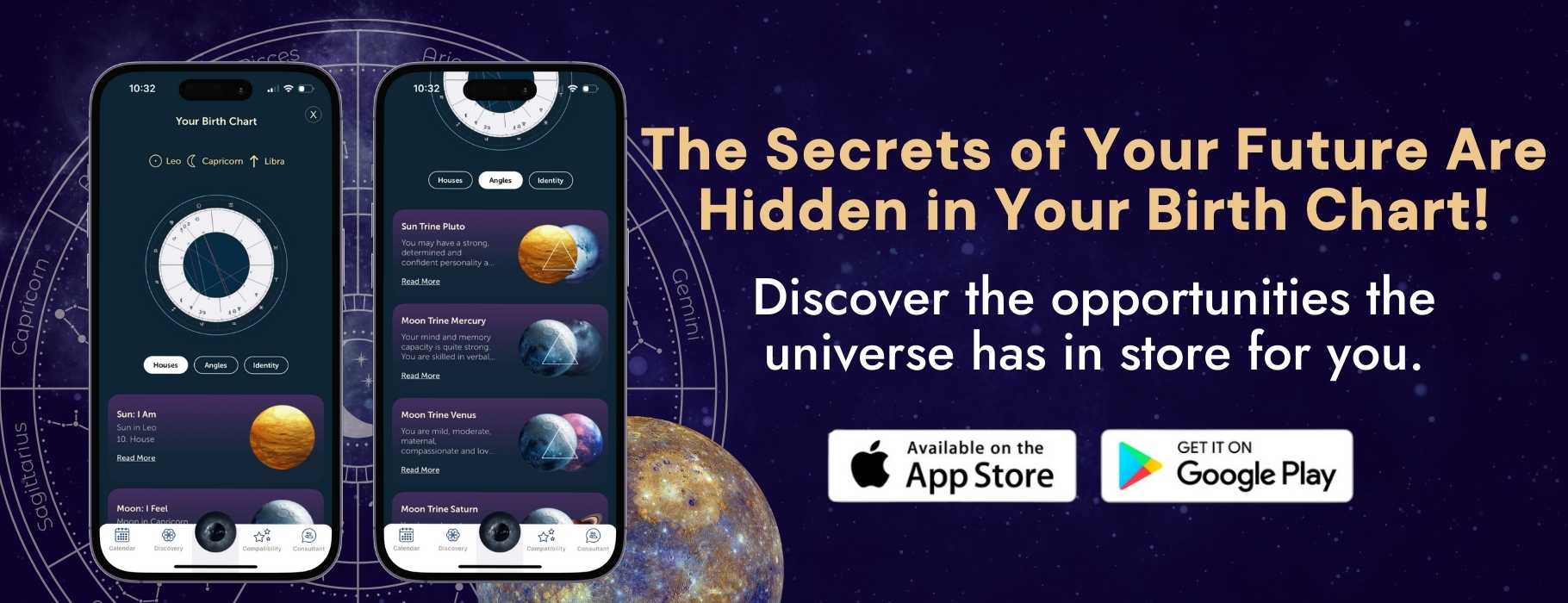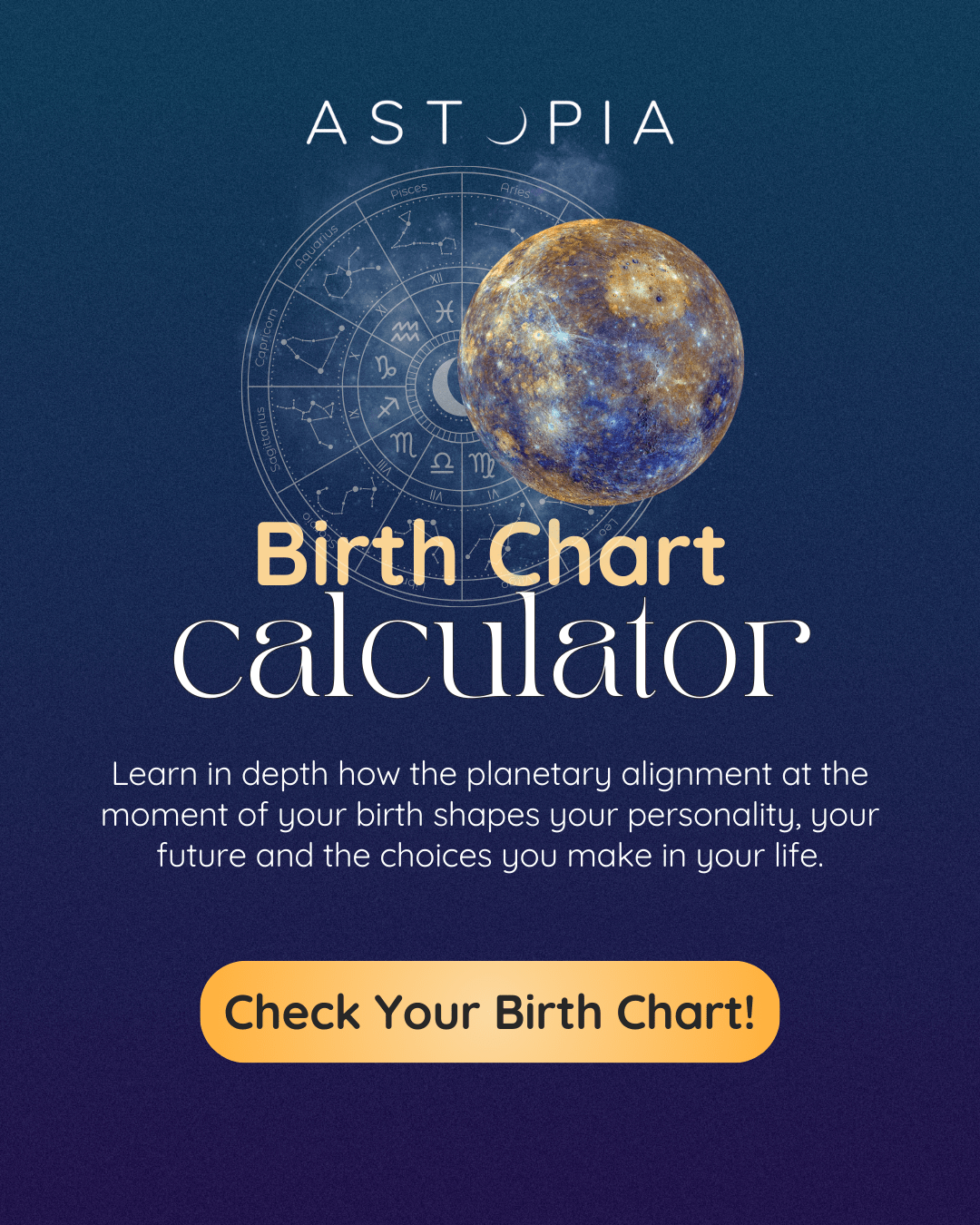
1/9/2025
Author: Astopia TeamHow to Calculate the Astrological Chart and What are the Factors Affecting the Zodiac Signs?
Astrological charts serve as a cosmic blueprint, mapping the positions of celestial bodies at the exact moment and location of your birth. Creating one requires precision, the right tools, and a solid understanding of planetary influences.
To delve deeper into the intricacies of astrology, it's essential to understand the process of birth chart calculation, as it provides a personalized cosmic map based on your birth details.
Are you ready to delve into the fascinating details of an astrological chart with Astopia? Let’s begin this journey if you’re ready!
What Are the Key Steps to Calculate an Astrological Chart Accurately?
The astrological chart is a detailed process that involves mapping the positions of the heavenly bodies at the exact time and place of the individual's birth. Creating an astrological chart starts with gathering accurate birth information. With a zodiac birth chart calculator, you can easily map out the positions of celestial bodies at the exact time and place of your birth.
Each step in the calculation process plays a critical role in creating an accurate representation of one's cosmic blueprint.
Collect Accurate Birth Information
The foundation of any astrological chart lies in accurate birth details. The three key pieces of information required are:
- Date of Birth: This provides the baseline for determining the positions of the Sun and other planets.
- Exact Time of Birth: Precision is essential because the Ascendant (rising sign) changes approximately every two hours. Even a small error in time can significantly alter the chart’s house placements.
- Place of Birth: The geographical coordinates (latitude and longitude) of the birth location are necessary to account for the Earth's rotation and determine the rising sign and house placements.
How Do Planetary Positions Influence Zodiac Signs in an Astrological Chart?
The positions of the planets in an astrological chart are the foundation of its interpretation. Each planet represents a specific type of energy and governs different aspects of life, while the zodiac sign it occupies describes how that energy is expressed. Together, planetary positions and zodiac signs offer a nuanced picture of an individual’s personality, behaviors, and life journey.
Planets are divided into two main categories: personal planets and outer planets. Personal planets, such as the Sun, Moon, Mercury, Venus, and Mars, move quickly through the zodiac and have a direct influence on an individual’s daily life and personal characteristics. For example, the Sun represents the core identity and life purpose, while the Moon governs emotions and inner responses. Mercury influences communication and thought processes, Venus reflects love and relationships, and Mars determines ambition and drive.
Outer planets, including Jupiter, Saturn, Uranus, Neptune, and Pluto, move more slowly and influence broader themes, societal trends, and generational shifts. For instance, Jupiter is associated with growth, expansion, and optimism, while Saturn represents discipline, structure, and responsibility. Uranus governs innovation and change, Neptune is linked to dreams and spirituality, and Pluto symbolizes transformation and rebirth. These planets shape collective experiences and long-term personal development.
When planets occupy specific zodiac signs, their energies take on the traits of that sign. For example, Mars in Aries manifests as assertive and energetic action, while Mars in Cancer may express itself through protective and emotionally-driven behavior. Each combination of planet and sign creates a unique dynamic, influencing how an individual approaches relationships, work, decision-making, and self-expression.
In addition to the planets' placements in signs, their positions in the astrological houses add another layer of meaning. The houses represent different areas of life, such as career, family, or spirituality. A planet’s house placement indicates where its energy is most prominently experienced. For instance, Venus in the 7th house suggests a strong focus on partnerships and relationships, while Venus in the 2nd house might emphasize material values and self-worth.
The interaction between planets, known as aspects, also plays a vital role in understanding their influence. Aspects are angular relationships, such as conjunctions (0°), trines (120°), and squares (90°), which reveal how planetary energies interact. A harmonious aspect, like a trine, indicates an easy flow of energy, while a challenging aspect, such as a square, points to tension that requires effort to resolve. These aspects create dynamic patterns in the chart, shaping the individual’s experiences and personality.
In essence, planetary positions in an astrological chart act as the guiding forces that define both an individual’s inherent qualities and their potential for growth. By understanding these placements and their interactions, astrologers can provide profound insights into personality, relationships, challenges, and opportunities.
Why Are Time, Date, and Location Crucial in Astrological Chart Calculations?
Time, date, and location are critical components in astrological chart calculations because they determine the exact placement of the planets, the Ascendant (rising sign), and the division of the twelve houses at the precise moment of birth.
These factors form the foundation of the astrological chart, often referred to as the individual's cosmic blueprint. Even a slight inaccuracy in the time, date, or location can lead to a chart that does not accurately reflect the cosmic influences shaping the individual's personality and life path.
You must remember that zodiac chart calculators are essential tools for anyone who wants to deeply explore their astrological makeup. These tools help you create a complete zodiac chart and interpret the celestial influences in your life.





